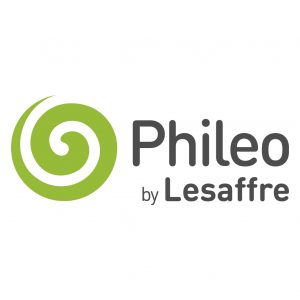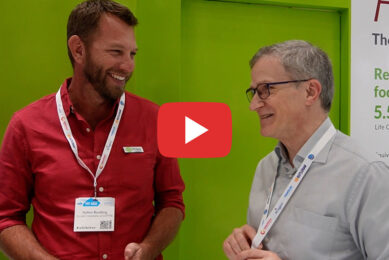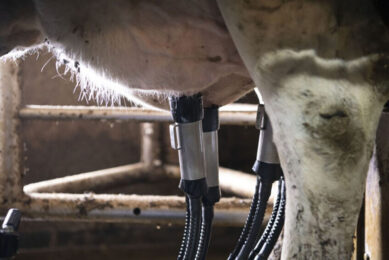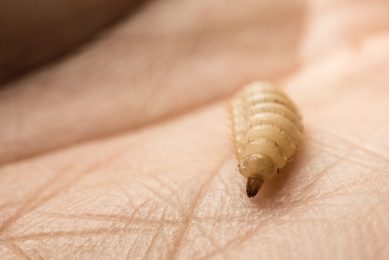Milk profit: It can always be better
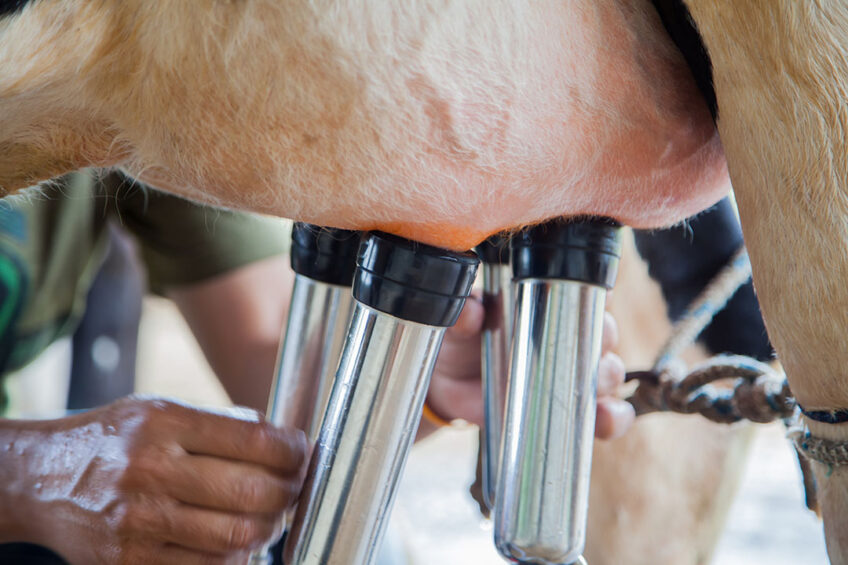
Even though global demand for milk is rising, along with a positive outlook for global milk prices, the margins for dairy farmers remain tight. Increasing feed efficiency seems to be the holy grail to improve milk production, fertility and the bottom line for dairies. And there is a dedicated nutritional programme doing just that.
Demand for dairy has remained strong through 2020 and will continue to be the key driver in dairy markets through 2021 and 2022, impacting higher farmgate milk prices in most dairy regions in the world. In Europe for example, the average European milk price in April this year reached 35.60 Euro per 100kg, an increase of 6% compared to the same period in 2020 (source: Milk Market Observatory). At the same time, dairy farmers are confronted with ever rising feed prices, higher production costs for milk and challenges such as heat stress and fertility issues that might stand in the way of reaching the desired high milk outputs. Not all things can be controlled, but what we feed our cows can be steered.
Underused potential of the rumen
All farmers want to get as much out of 1kg feed. But increasing feed efficiency depends on a pallet of factors, including the quality of feed ingredients, forages and silage in terms of digestibility and nutrient bioavailability. But also feed availability (can the cow actually access the feed), dry matter intake, overall farm management and animal health and welfare are key factors to reach high feed efficiency levels. The rumen plays a crucial role in feed efficiency and can perform at its best when the diet is well balanced and contains enough fibre content amongst others. Better rumen function contributes to better digestion of the feed and hence more available energy is available for important things, all related to milk profit.
- More energy to spend on milk production
- More energy available to be fit for breeding
- More energy available to deal with challenges such as heat stress.
The rumen is, however, often challenged in high-producing dairy herds, due to high energy/ concentrated diets, not enough fibre content, overcrowding or climate conditions. This can lead to a malfunctioning rumen and associated problems such as rumen acidosis. By better taking care of the rumen, the rumen potential is therefore met, directly reducing nutrients loss while improving both milk yield and quality in the tank.
The Program Milk profit
New nutritional solutions are available to dairy farmers that enhance rumen health, the first step to better performance and breeding success. To achieve this, we have to look at the total lactation period of the cow, from the transition period all the way through the end of the lactation. This is because cows in each phase have their own needs and challenges (Table 1). Phileo has developed a total nutritional programme based on probiotics and postbiotics that looks at feed efficiency, rumen health, milk production, health and fertility. All with one goal: reaching the full genetic potential of the dairy herd and increasing the bottom line for dairy farmers. Phileo has therefore developed the Program Milk profit, which is built upon the proven benefits of 3 solutions: Actisaf Sc47 yeast probiotic, Safmannan yeast postbiotic, and the selenium enriched yeast Selsaf, hereafter called the ‘yeast probotic’, ‘yeast postbiotic’ and ‘selenium enriched yeast’. Numerous trials have shown the benefits of supplementing dairy cows with these yeast solutions throughout the whole production period.
Taking care of each lactation phase
In the transition period, the Program Milk profit aims to improve energy balance and reduce the risks of subclinical ketosis to achieve better performance throughout lactation. Subclinical ketosis is responsible for a 20% reduction in dry matter intake (DMI), as well as a decline of 2kg of milk per day. Studies in which transition cows were supplemented with yeast probiotic showed an average increase of 2kg milk per cow per day in the first three months in lactation (Figure 1). With the current average milk price in Europe of 35.6 cents/kg and approximately 170 kg extra milk per cow in three months, this easily adds up to thousands of extra Euros for a mid-size European farm.
Figure 1 – Effect of yeast probiotic on milk production in the first 3 months of lactation.
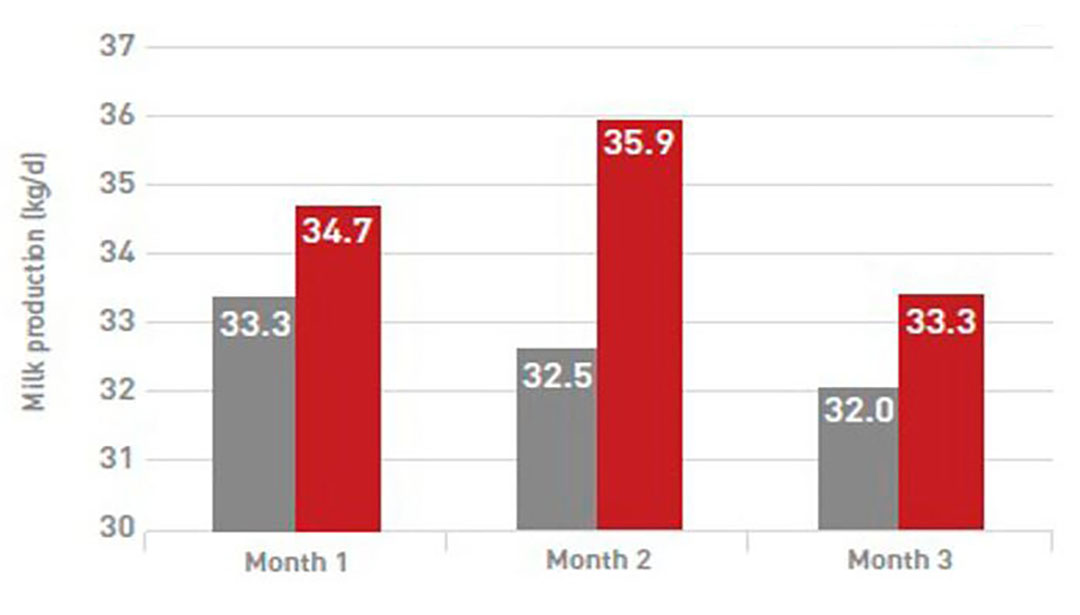
Better milk and improved pregnancy rates
At the peak and mid lactation period, the Program Milk profit prevents the risk of subclinical acidosis, boosting milk production, improving antioxidant status and milk quality. Supplementation with yeast probiotic and selenium enriched yeast from mid to late lactation helps limit progressive increase in SCC (Somatic Cell Count), generally observed in the weeks prior to drying off. Cows with low SCC in milk when drying off will be less prone to mastitis at the beginning of their next lactation. Animal health and feed efficiency is also key for reproductive function. No calf, no lactation. In a large-scale collaboration study between Phileo, and genetics company Gènes Diffusion, the yeast probiotic showed significant improvement. The supplemented cows had an overall AI success rate of 38% and 2.7 inseminations per pregnancy, compared to 34% success rate and 3.1 inseminations in the non-supplemented group. On top of that, the supplemented cows had an overall increase in milk fat and protein yields (2.246 vs 2.360g/d) and an increase in milk production by an average of 1.5kg per cow per day.
Milk production under heat stress
It is a known fact that during heat stress, cows stop eating. And this has a significant effect on milk production. For dairy farms in regions where ambient temperatures are often above the heat stress tolerance rate of cows, there is a constant challenge to keep milk production levels high. Trials with yeast solutions showed that supplementation helps to improve fibre digestion and rumen stabilisation in heat-stressed dairy cows, alongside a reduction in the respiratory rate of supplemented animals, leading to increased milk and milk solids production in comparison to non-supplemented cows. It also helps to support immune response in heat stressed cows.
A trial was conducted to investigate the effect of the selenium enriched yeast on milk production, milk quality and health status in heat-stressed dairy cows. In this trial, the daily average temperature-humidity index was more than 72, which indicated that cows were subjected to heat stress for 9 weeks during the trial. The rectal temperature and respiratory rate were significantly decreased (P < 0.05) in the selenium enriched yeast group compared with the inorganic selenium group. In evaluation of animals’ antioxidant status, it is recognised that glutathione peroxidase (GPx), a selenoprotein, is a major antioxidant enzyme. Cows fed the selenium enriched yeast had higher (P < 0.05) GPx activity than those receiving sodium selenite. In the selenium enriched group, the somatic cell count was significantly reduced (P < 0.05), as well as an increase in the selenium content in the milk (P < 0.05) the selenium content of milk (Figure 2).
Figure 2 – Effect of the selenium enriched yeast on milk composition and quality.
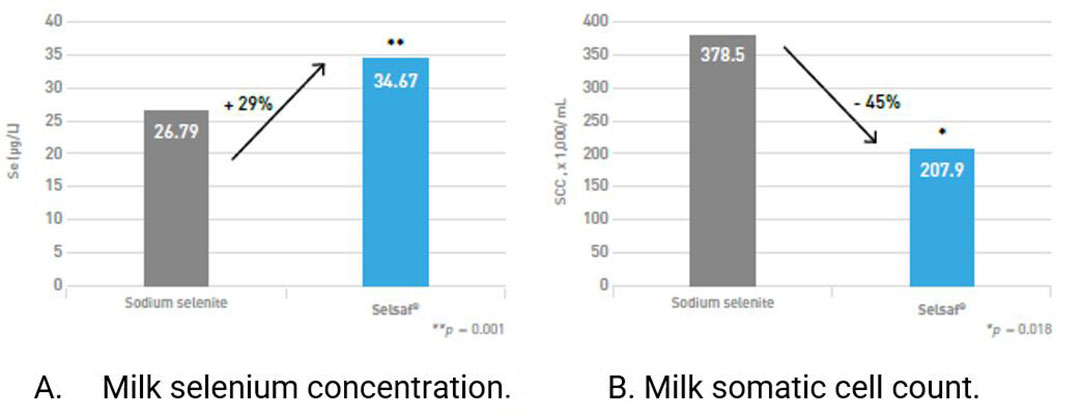
Conclusion
Despite the increased focus on high quality diets, management and improved genetics, there is still room to improve the efficiency of our dairy cows. The Program Milk profit from Phileo offers a holistic approach based on yeast based solutions to manage the challenges in each lactation phase and during heat stress. This allows us to better manage feed, disease and breeding challenges and keep milk production levels high, a prerequisite for all dairy farmers in times of decreased profit margins.


